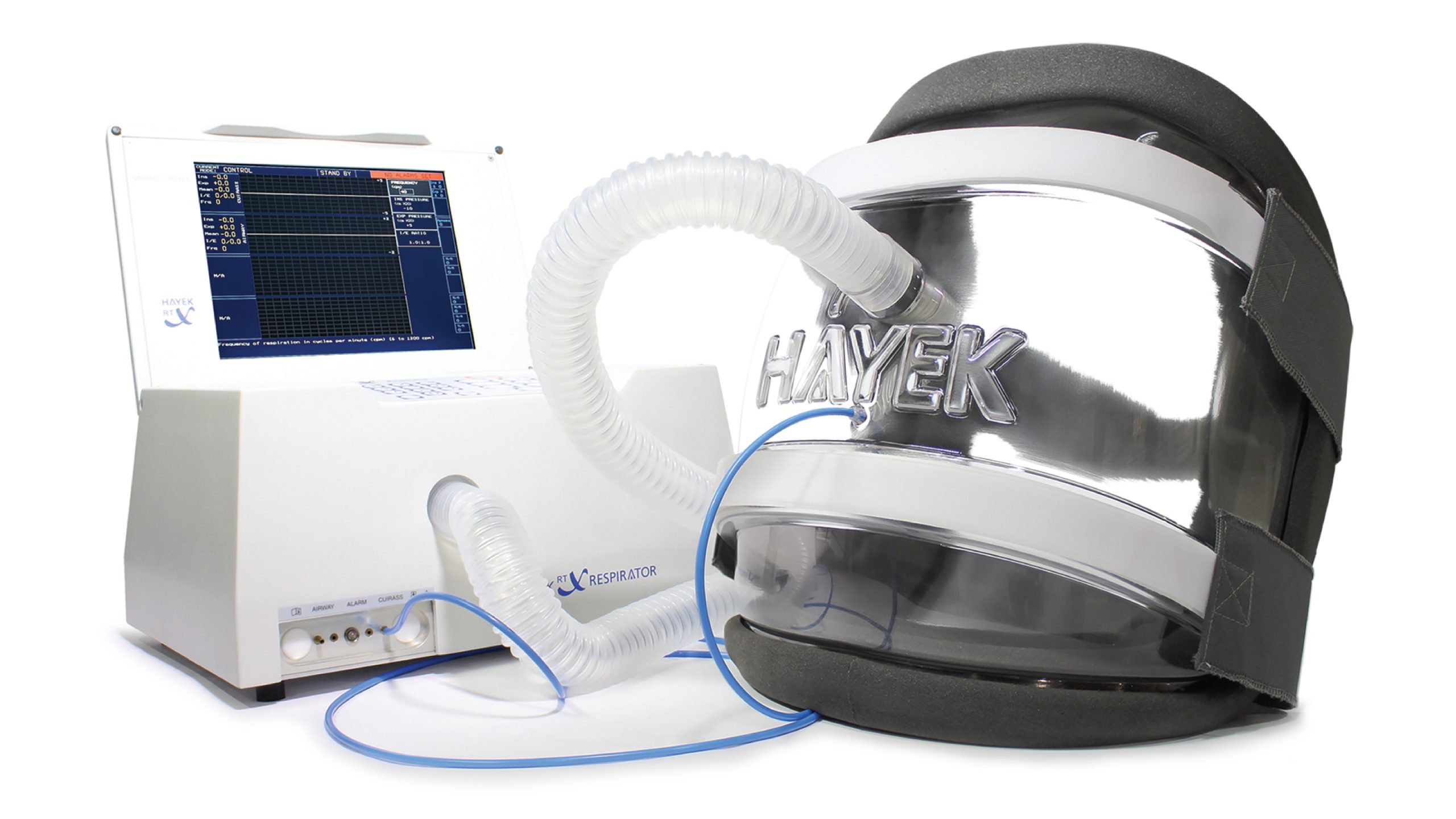Biphasic Cuirass Ventilation (BCV) is a non-invasive, effective method of respiratory support for adults and infants alike. It can allow younger patients to move, talk, breathe, and eat more freely, while not requiring traumatic interventions such as an intubation. BCV's non-invasive cuirass can minimize the unnecessary side effects of prolonged use of positive pressure ventilation and decrease hospital readmissions, time spent in the ICU, and in the hospital.


